Disney’s Dark Ages (1970s and ‘80s)
Image: Walt Disney Family Museum
It’s well known that, after Walt’s death in 1966, there was genuine and worthwhile discussion about how – or even if – Walt Disney Productions could or should go on without Walt Disney. In the fifteen years that followed, no one had made an exceptionally compelling case for it. The 70s and early ‘80s are remembered today as a dark time for the company, with massive losses dragging down the studio. Disney turned down George Lucas’ STAR WARS, then spent a decade trying to grasp how that film had redefined cinema and blockbusters.
That means that just as Universal’s Studio Tour was placing guests in the midst of rockslides, earthquakes, and shark attacks, back down the road, Disneyland in the ‘70s and early ‘80s was… relatively stagnant. It wasn’t just that tremendous time and energy had gone into the creation of Epcot (1982) and Tokyo Disneyland (1983); it was that Walt Disney Productions was on the brink of collapse.
Image: Disney
The results were disappointments in both live action and animated releases, including financial flops like The Black Hole, The Watcher in the Woods, Dragonslayer, Something Wicked This Way Comes, and The Black Cauldron. Film after film, Disney's releases just failed to resonate with audiences. The era of Walt's animated classics was over.
For Disney Parks, the Studios' decline was doubly painful. For one, the failing finances of the studio productions (Disney's core business, after all) cooled investment in the parks, leading to an era of "cheap" steel coasters rather than the epic dark rides of the '60s. But just as painfully, the studios' lack of compelling content showed that if Disney's studios weren't creating the definitive characters and stories of the era, then Disney's parks would lose their relevance, too.
Image: Disney
Though it’s hard to believe today, in the ‘70s and ‘80s, “Disney” was a tarnished brand; a studio whose best days were behind it, and whose enigmatic founder was seemingly too essential for the company to outlive. By the early ‘80s, reports surfaced that companies were circling Walt Disney Productions preparing for the company to be split with its assets and licenses sold off to separate conglomerates. Until…
Chief Entertainment Officer (1984)
Image: Disney
In September 1984, Frank Wells (left) and Michael Eisner (right) were selected as the new president and chairman of Walt Disney Productions, respectively. (And yes, given that this is the concrete start of Disney’s “ride the movies” mantra, this is the prologue you’ll find in many of our Legend Library features.)
Eisner wasn’t just a savvy businessman with the background to lead Disney; he was fresh from the world of film. In fact, Eisner had been CEO of Paramount Pictures in the years prior, and was responsible for green-lighting some of the very films that Disney couldn’t match, like George Lucas’ Star Wars follow-up, Raiders of the Lost Ark. The idea was that Eisner could be the leader to bring Disney’s brand back from the brink.
Images: Disney
(And boy did he. Eisner’s leadership kicked off the “Disney Renaissance” – the better part of a decade where Disney released hit after hit at the box office, from 1989’s The Little Mermaid to Beauty and the Beast, Aladdin, The Lion King, Pocahontas, Hunchback, Hercules, Mulan, and Tarzan. The string of animated musicals [most with songs written composed by Alan Menken and Howard Ashman] literally reignited the animation industry.)
But of course, when he came on board in the mid-’80s, Eisner knew that righting Disney’s sinking studios would be a multi-year effort. What he admitted to knowing significantly less about were Disney’s theme parks. Eisner famously visited Disney’s Imagineering headquarters in Glendale, California, where esteemed Imagineers had dusted off old models of the Possibilitylands: Discovery Bay and Western River Expedition, hoping the new CEO would greenlight projects former leaders had axed.
Image: Disney
But Eisner had a different course in mind. Though he admitted to knowing little about Disney’s parks, legend has it that he knew one thing: his pre-teen son Breck had turned down the offer to tour Disneyland, announcing “that place is for babies, dad.” Eisner was horrified, and used Breck's input to green-light new attractions for the park, like the teen-friendly Videopolis dance club showing MTV music videos.
In short, Eisner had decided that – come hell or high water – Disney Parks would become cool, fresh, thrilling places where today’s young people would want to spend time. And by the way, he suspected that movies might be the way to do it!
Cross-studio relationships (1985 - 1989)
Image: Disney
Just as Walt had stocked Disneyland with the characters and stories that mattered to audiences of the 1950s, Eisner hoped to fill the parks with the characters and stories that mattered to audiences of the 1980s. There was just one problem… Disney wasn’t the one making those stories...
But Eisner had an in with someone who was.
Given that Michael Eisner had personally approved George Lucas’ Raiders of the Lost Ark, it didn’t take much convincing to get Lucas into a meeting. As it turned out, George Lucas loved Disneyland and was out-of-this-world at the prospect of his characters being a part of it. Eisner was excited about the prospect, but incensed at the idea that a Star Wars ride would take years to create.
Image: Disney
He wanted to start Disney Parks’ transformation now, and quickly recruited George Lucas for that, too. Partnering with legendary filmmaker Francis Ford Coppola, the duo next recruited Michael Jackson to start in the Lost Legend: Captain EO – a groundbreaking attraction fusing modern music with the world’s leading celebrity for the kind of pop culture infusion Disneyland hadn’t seen since before Walt’s death. While Captain EO signaled a new direction for Disney Parks, it was nothing compared to what would come next.
Without a doubt, the story of "riding the movies" intersects with another of our in-depth industry features, Artificial Worlds: The Rise of Screens and Simulators. Disney Imagineers had been daydreaming about simulators for decades, but only the ATLAS (Advanced Technology Leisure Application Simulator) made it possible. Readapting a military-grade flight simulator, Disney's version included a cabin that could shake, jostle, pitch, tilt, and roll, perfectly aligned to an in-vehicle projection acting as the "windshield."
Image: Disney / Lucasfilm
And so, the very next year, Disney and George Lucas premiered the ride that would (literally) change Disney Parks forever. The Lost Legend: STAR TOURS is truly the pivot point of the “ride the movies” story, because it represents the modern start of the era. STAR TOURS whisked guests away from Disneyland and into the Star Wars universe for a crash-course trip that included run-ins with the evil Empire and even the opportunity to recreate the legendary trench run in the mechanical valleys of the Death Star.
For better or worse, Eisner’s risk-taking investment paid off in spades. His two major projects in Tomorrowland proved that Disney Parks weren’t dead; they just needed a pop culture infusion. Now, the flood gates could be opened to allow modern music, modern stars, and modern blockbuster hits into the park in a continuous chase to keep Disneyland “cool.” Would it work? Would it ruin the park? Your opinion probably depends when you first visited…
But we’ve got a little more story to go first.
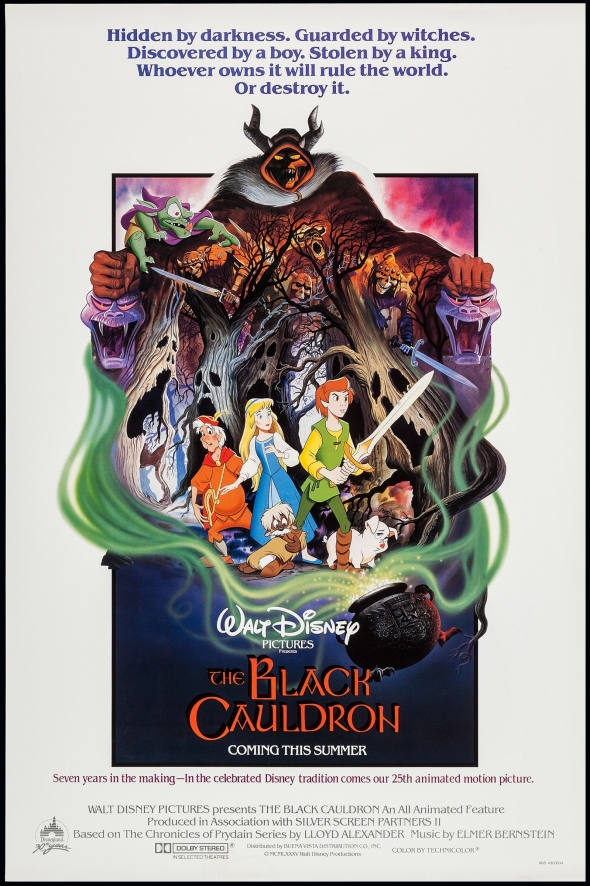
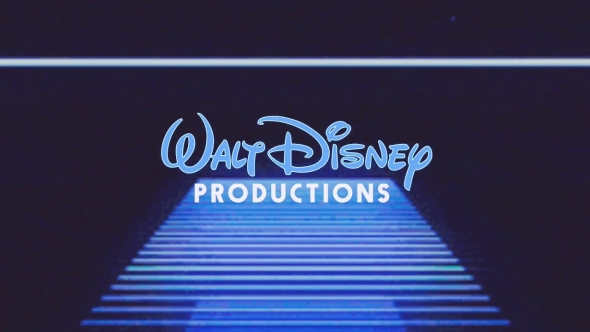
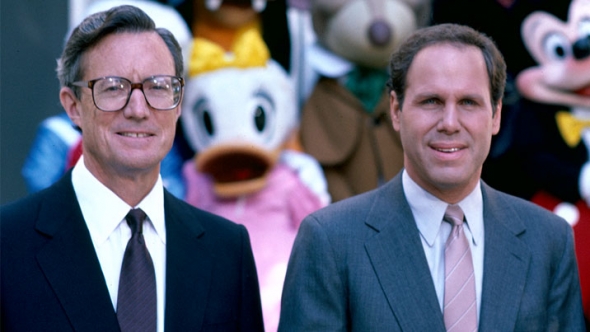
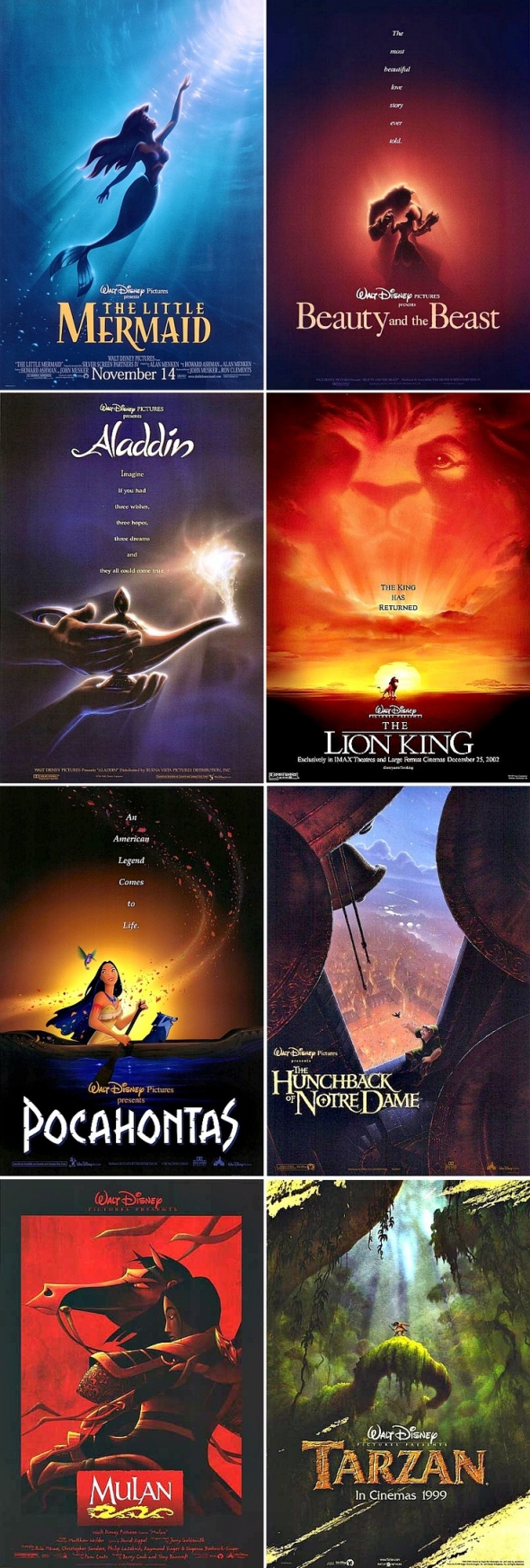

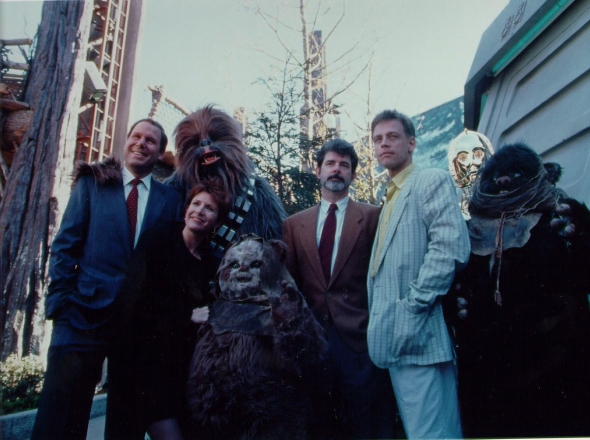
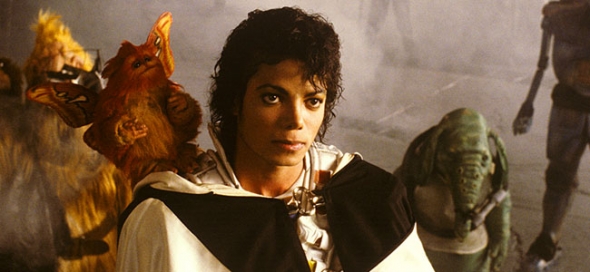
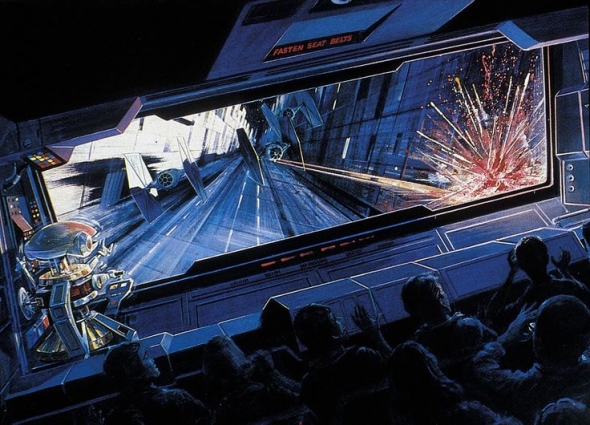

Add new comment